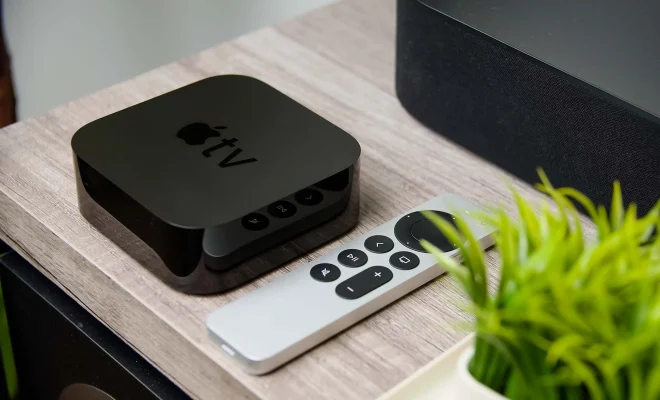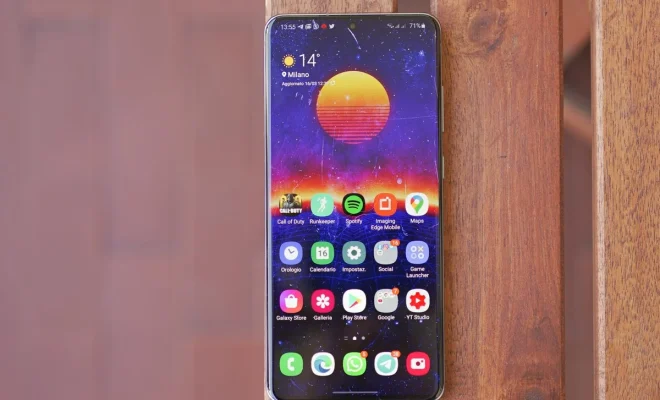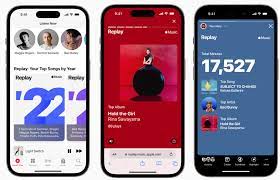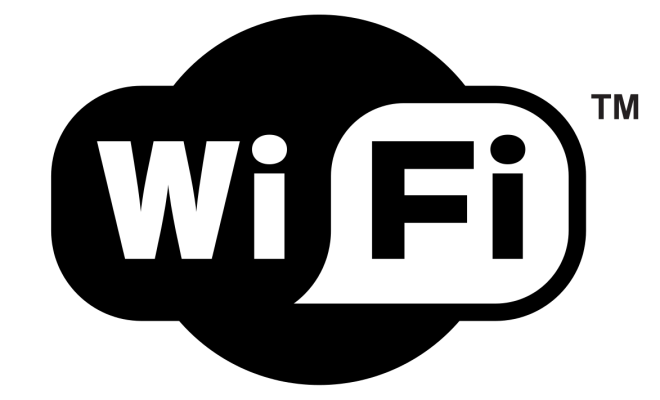How to Capture a Screencast Using VLC

As a computer user, one of the things you might need to do is capture a screencast. Screencasting is the process of recording your computer screen, including the audio and video output. This can be useful for creating tutorials, recording presentations, or troubleshooting an issue that can’t be solved through chat or email.
While there are many screencasting tools available on the internet, some of them are paid or don’t support all operating systems. Fortunately, you can capture a screencast using VLC, a free and open-source media player that is available for Windows, Mac, and Linux.
In this article, we will guide you through the steps to capture a screencast using VLC.
Step 1: Install VLC Media Player
The first step is to install VLC media player on your computer. You can download it from the official website, which supports different operating systems.
Step 2: Launch VLC Media Player
After the installation is complete, you can launch VLC media player on your computer. If you are using Windows, you can click on the Windows key on your keyboard and type “VLC” to search for the program.
Step 3: Open the Capture Device
Once you have launched VLC media player on your computer, you need to open the capture device. To do this, navigate to “Media” in the menu bar and then click “Open Capture Device.”
Step 4: Select the Capture Mode
In the “Open Capture Device” window, you will be able to select the capture mode. You can choose between “Desktop” or “Capture mode.” In the desktop mode, you can capture the full screen, specific windows, or a region. In the capture mode, you can capture from external devices such as a webcam or external video camera.
Step 5: Configure Settings
After selecting the capture mode, you need to configure the settings. If you are using the desktop mode, you can choose the “Screen” option and the “30 fps” to ensure that the screen is captured at the best quality. You can also adjust the frame rate depending on your preference.
Step 6: Record
Once you have configured the settings, you can start recording by clicking the “Play” button. You can stop the recording by pressing the same button again.
Step 7: Save the Video
When you are done recording, you can save the video by clicking “File” in the menu bar and then selecting “Save.” You can name the video and choose the format that you want to save it in.
In conclusion, capturing a screencast using VLC is an easy and cost-effective way to record your computer screen. With the above guide, you will be able to make high-quality screencasts that can be used for different purposes. Whether you are a teacher, a student, or a tech support agent, VLC is a must-have tool for you.






